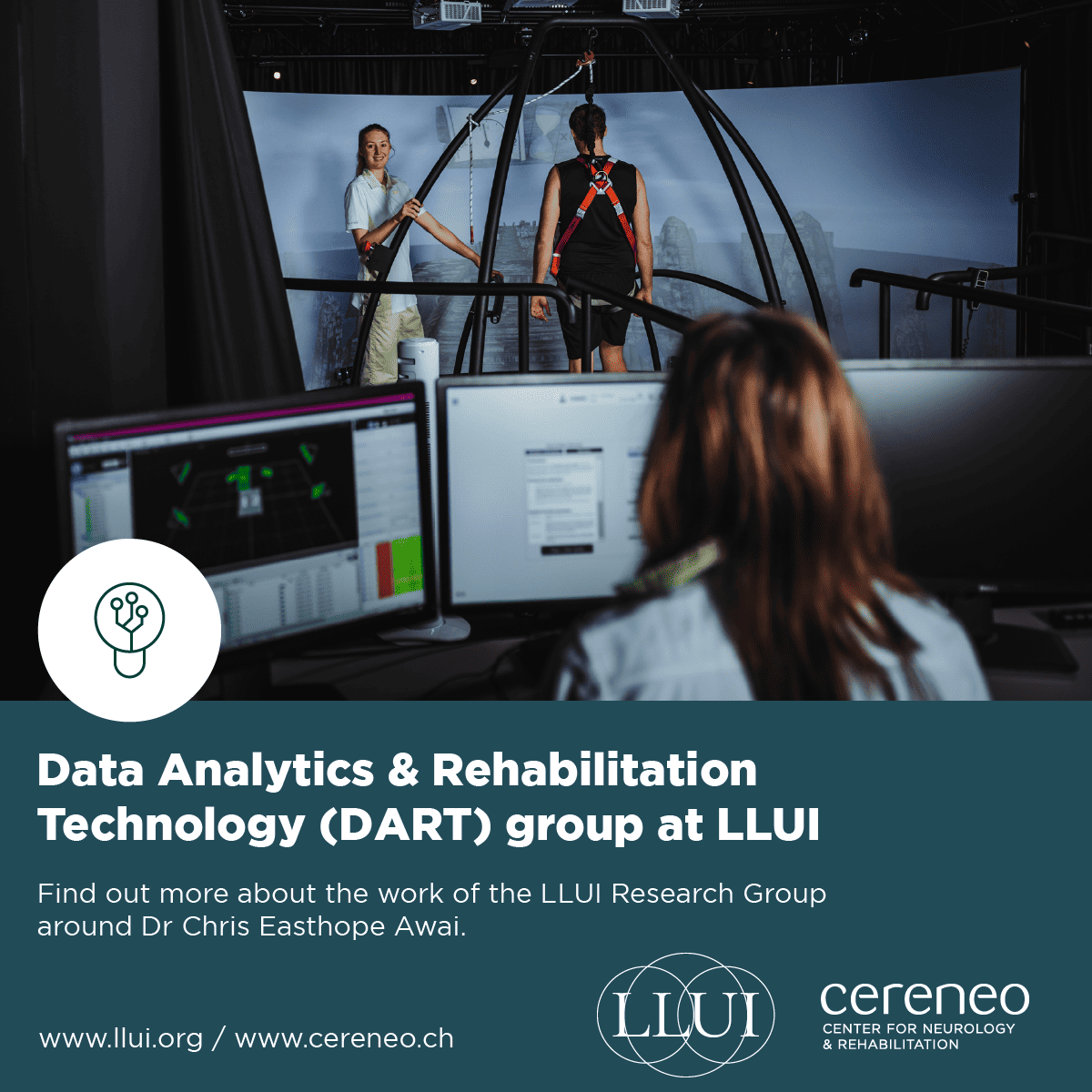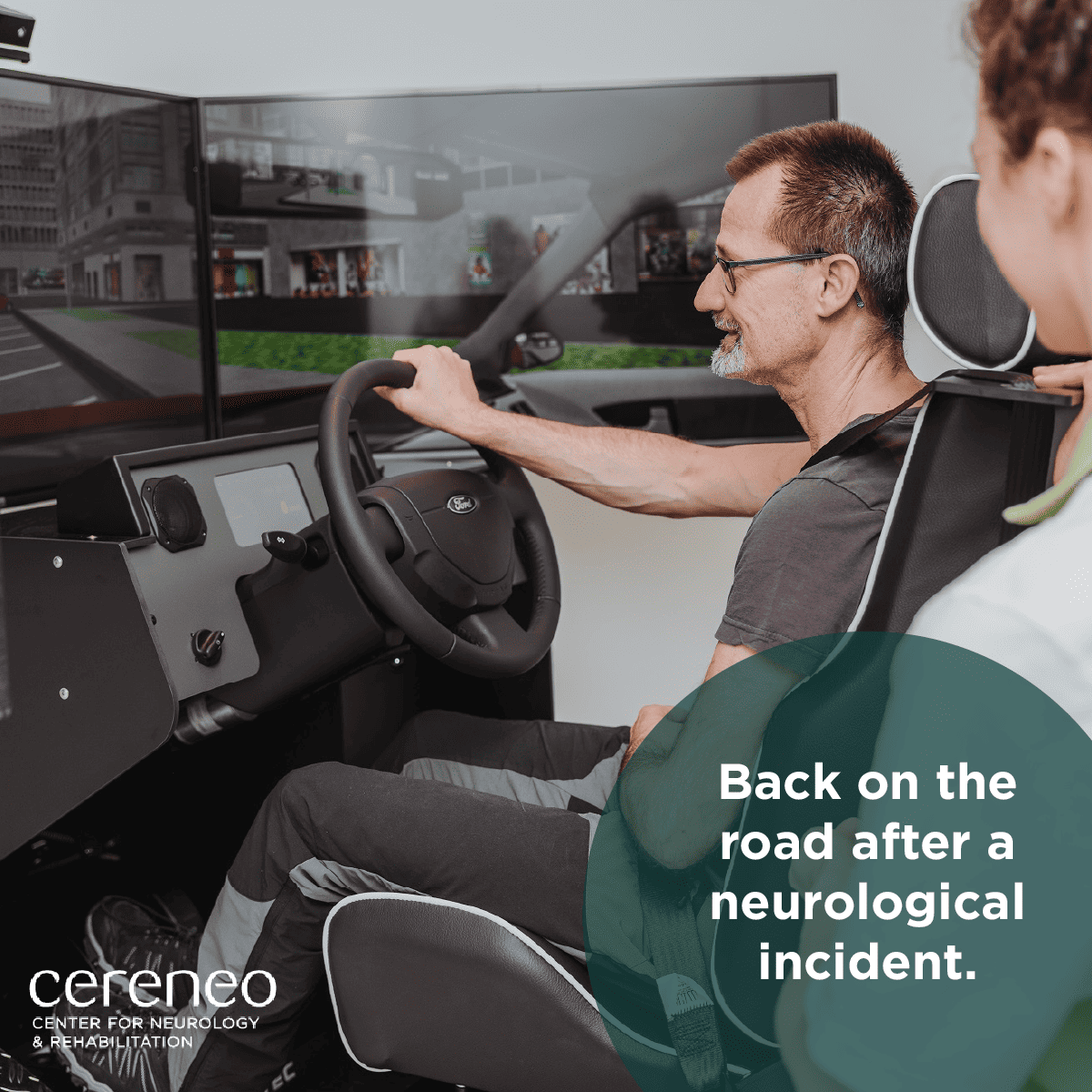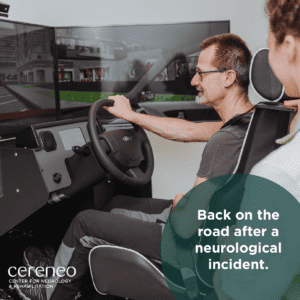Transcranial direct current stimulation (tDCS) is a non-invasive brain stimulation technique to assess the efficacy of speech or motor function of neurorehabilitation patients. Dr. Rebeka Hughes answered some questions about this assessment method.
What is tDCS and how does it work?
tDCS is a form of neuromodulation that uses constant, low direct current delivered via electrodes on the head. In contrast with cranial electrotherapy stimulation, which generally uses alternating current the same way.
What kind of patients benefit from such an assessment?
It was originally developed to help patients with brain injuries or psychiatric conditions like major depressive disorder. However, there is mixed evidence about whether tDCS is useful for cognitive enhancement in healthy people. Several reviews have found evidence of small yet significant cognitive improvements. There is no concrete evidence of improving upper limb function after stroke, but this method seems to have a benefit as an assessment method for motor and speech functions in stroke patients. With our patients at cereneo we achieved good results using tDCS for cognitive improvement, as well as improving upper limb function.
What is needed to execute such an assessment?
Electrodes. The electrode pads come in various sizes;a smaller sized electrode achieves a more focused stimulation of a site while a larger electrode ensures that the entirety of the region of interest (ROI) is being stimulated. For Aphasia patients, we target the Wernicke or Broca area, depending on the type of aphasia. Since the ROI may be small, it is often useful to locate this region before placing the electrode by using a brain imaging technique such as fMRI (functional MRI).
In what way can this assessment influence the course of someone’s neurorehabilitation treatment?
tDCS is usually used before intensive speech therapy or sometimes movement therapy sessions, stimulating different areas of the brain. Used as an additional therapy method, patients often show better progress of the therapy because the affected neurological areas are targeted in advance. It is also often used in Dysphagia treatment or treatment of Parkinson’s patients.










